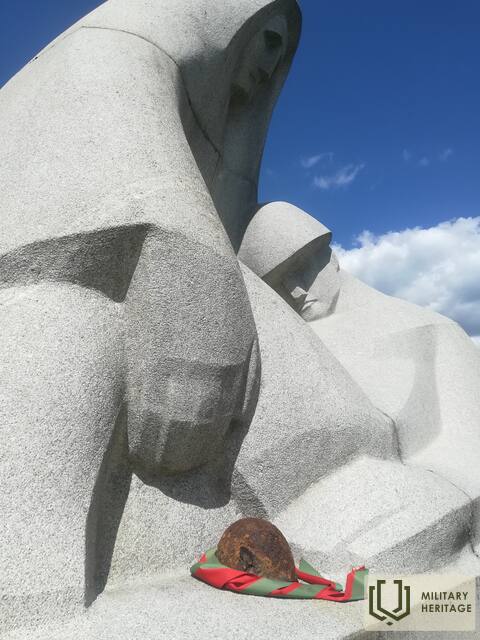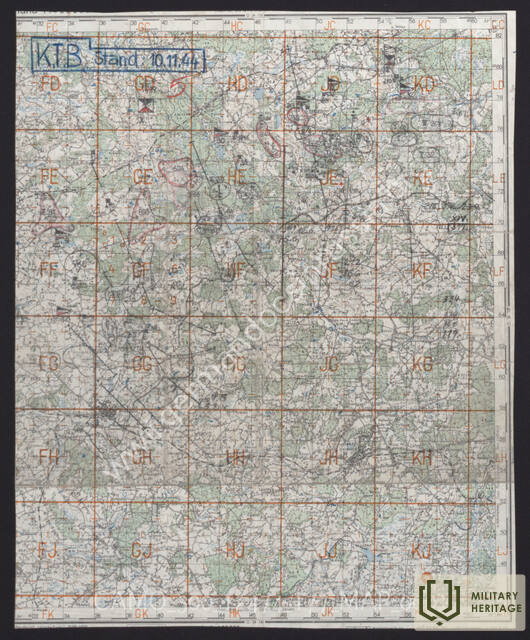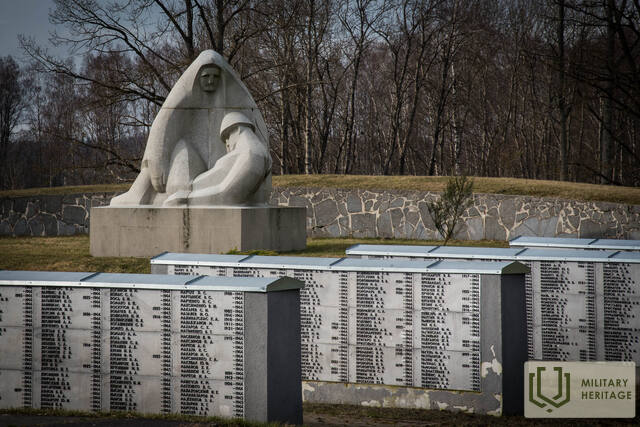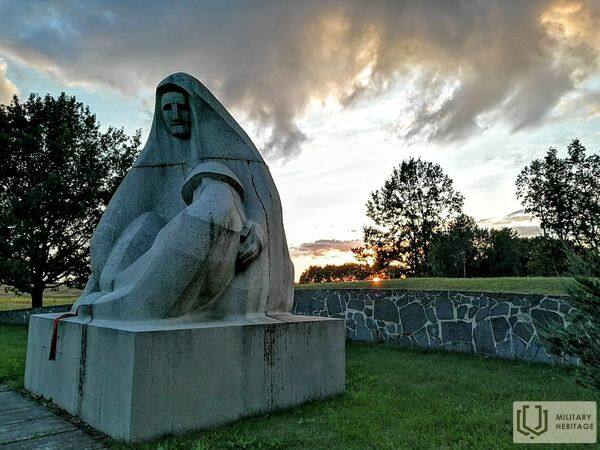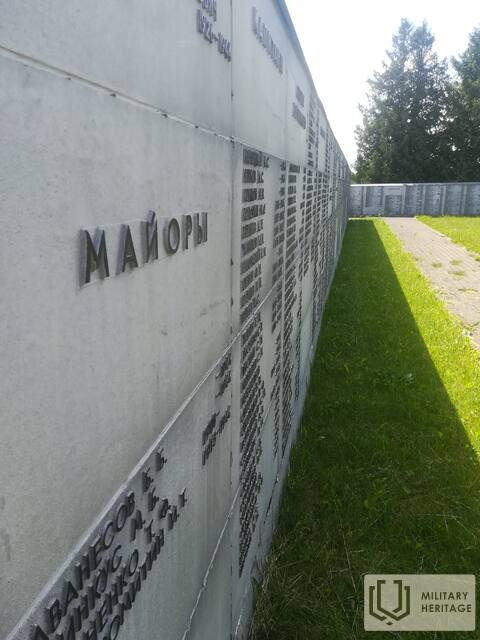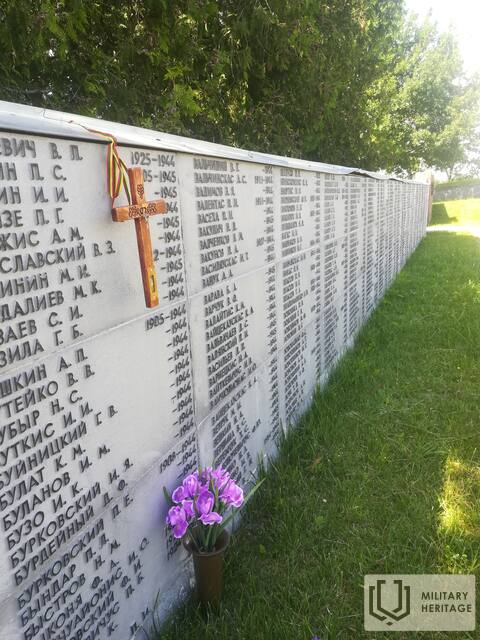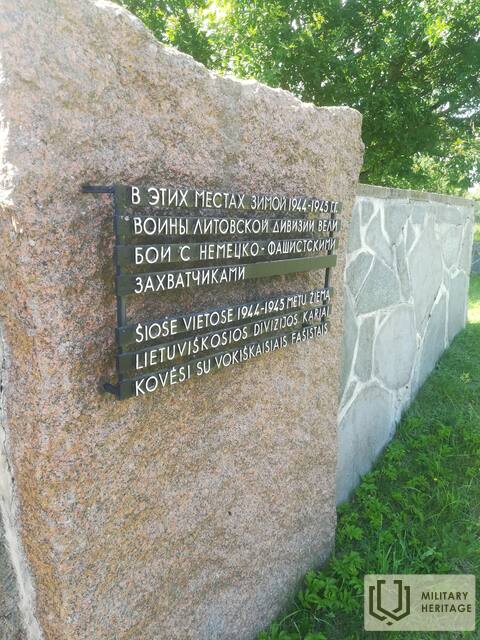Raudonosios armijos karių memorialinė vieta „Pieta“ Nykracės savivaldybėje
Memorialinė vieta

Sovietinių karių kapinės yra Skrundos–Embutės–Priekulės kelyje, aukštumoje tarp dviejų upių – Dzeldos pietuose ir Kojos šiaurėje. Jose palaidota daugiau nei 3000 žuvusiųjų.
Antrojo pasaulinio karo mūšiai
Raudonoji armija pradėjo puolimo operaciją nuo 1944 m. spalio 27 d., dabar žinomą kaip 1-asis Kurlando batalionas, kurios tikslas buvo sunaikinti vokiečių armijų grupę „Šiaurė“, vėliau pervadintą „Kurlandu“. Iki lapkričio 5 d. sovietų 61-oji armija ir dalys 6-osios gvardijos armijos bei 4-osios smūginės armijos pasiekė Zeldo upę, o kai kurie 5-osios gvardijos tankų armijos daliniai užėmė tiltų galvutes šiauriniame upės krante. Prieš kitą puolimą 1-ojo Baltijos fronto 2-oji gvardijos armija buvo perkelta į šį sektorių, kad pasiektų Skrundos-Liepojos geležinkelio liniją. Įvykdžius pradinę invaziją, puolimą Kuldygos link tęsė 5-oji gvardijos tankų armija.
Antrojo Kuršo mūšio pradžią atidėjo oro sąlygos ir jis prasidėjo tik lapkričio 19 d. Didžiausius pasiekimus Raudonoji armija pasiekė netoli dabartinių Brolių kapinių, o iki lapkričio 24 d. vakaro 1-asis ir 60-asis šaulių korpusai užėmė plakadarmą šiauriniame Koj upės krante. Tačiau Raudonosios armijos sėkmė tuo ir baigėsi. Vokiečių armijų grupė „Šiaurė“ numatė sovietų atakų kryptį ir čia sutelkė atitinkamas pajėgas, įskaitant dvi tankų divizijas.
1944 m. lapkričio 26 d. vakarą Raudonosios armijos atakos buvo sustabdytos ir iki Antrojo pasaulinio karo pabaigos nebuvo bandoma sunaikinti vokiečių pajėgų Kurše. Vėlesniuose mūšiuose buvo siekiama užkirsti kelią vokiečių armijos evakuacijai iš Kuršo.
Susijusi laiko juosta
Susijusi istorija
Pieta arba „Mamos“ memorialinis ansamblis Nīkrace
Pieta, arba Mamytė, yra gerai žinomas motyvas Europos kultūroje ir mene, jis buvo naudojamas ir sovietmečiu.




